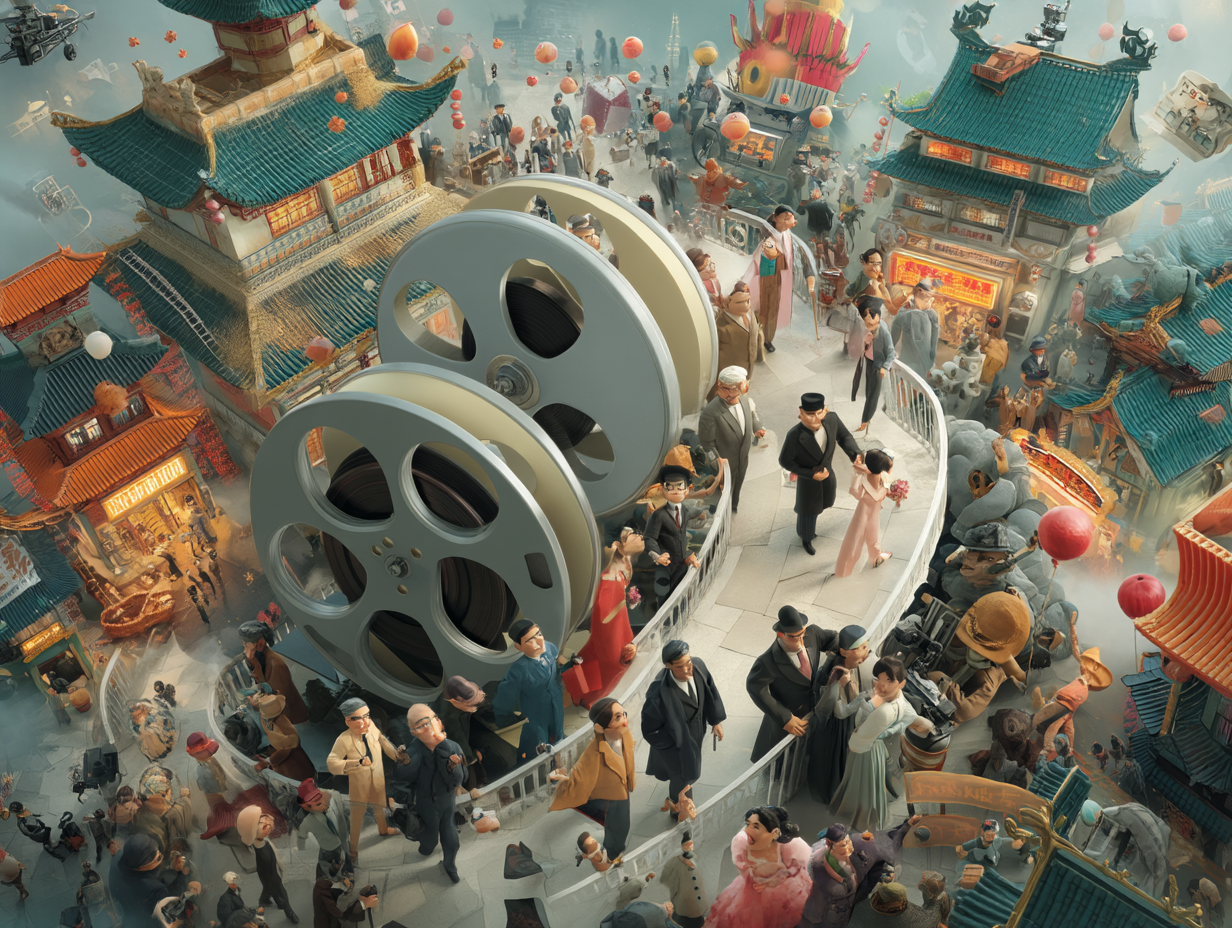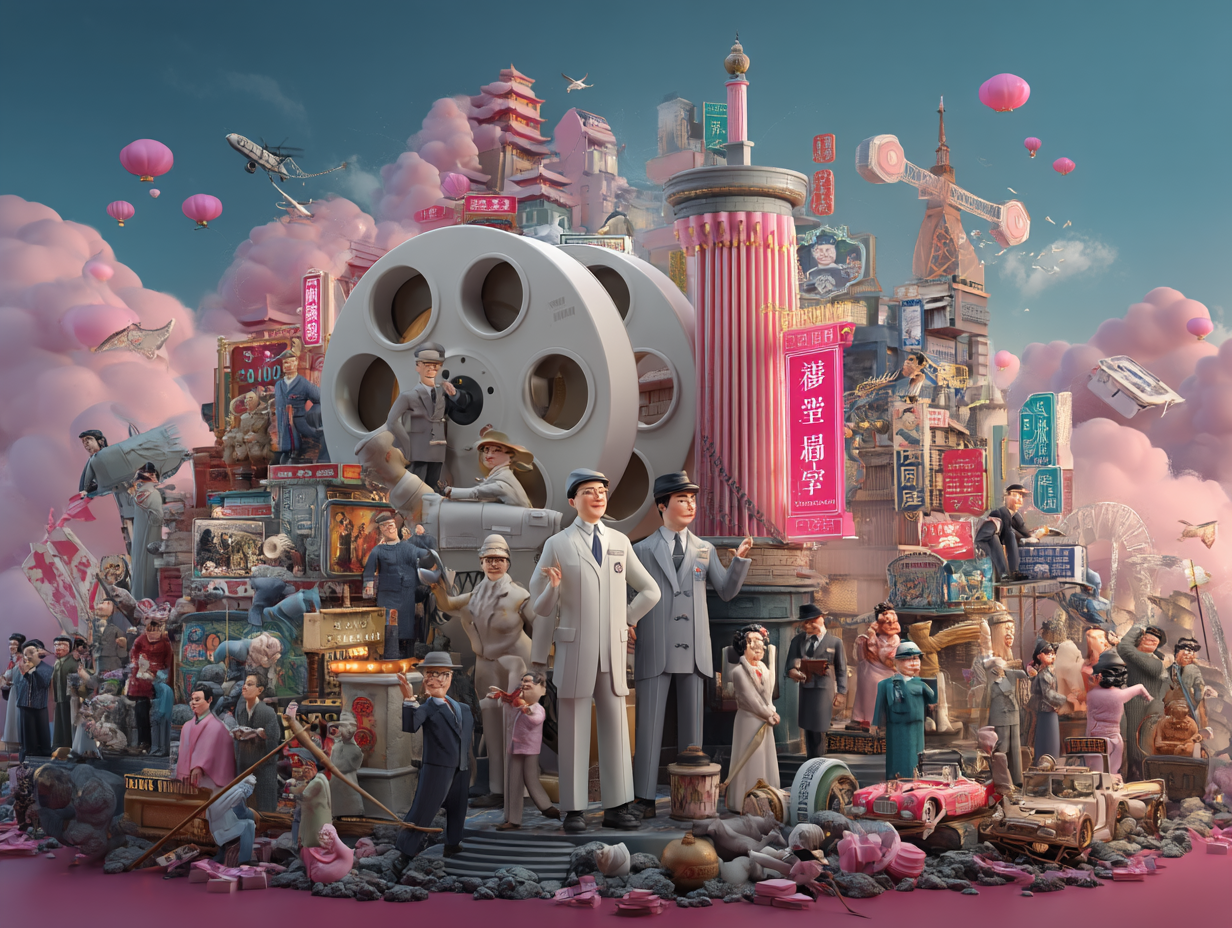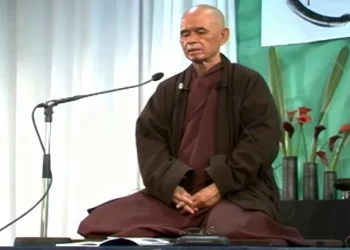Introduction
The history of Chinese cinema is a tale of innovation, resilience, and cultural fusion. From the silent film era to the modern age of digitalization, Chinese cinema has continually evolved, breaking traditional molds and embracing diverse narratives. Comedy, as a significant genre within this evolution, has played a pivotal role in shaping the entertainment landscape and cultural dialogues in China.
The Silent Era to Early Sound Films
The inception of Chinese comedy can be traced back to the 1920s, during the silent film era. These early films often relied on physical humor and exaggerated expressions to convey comedic elements. Classics such as “Laborer’s Love” (1922) set the tone for humor that resonated with audiences through relatable themes and slapstick comedy.
With the advent of sound in the 1930s, comedy films began to incorporate witty dialogues and expanded narratives. Directors like Cai Chusheng and Sun Yu infused social commentary into their works, reflecting the complexities of urban life while still delivering humor. Films such as “Crossroads” (1937) cleverly combined romance and comedy to address issues of modernity and identity.
The Golden Age and Beyond
The 1950s and 1960s marked a golden age for Chinese cinema, with comedy films gaining immense popularity. This era saw the rise of iconic actors such as Zhao Dan and comedians like Chen Peisi. Films like “The Adventures of Sanmao the Waif” (1949) and “Stage Sisters” (1964) not only entertained but also served as tools for political and social messaging.
During the Cultural Revolution, the film industry faced significant challenges, including censorship and a focus on propagandistic content. However, the late 1970s and 1980s brought a resurgence of creativity and humor in cinema. Directors like Feng Xiaogang emerged, known for his New Year comedies that captured the zeitgeist with films like “The Dream Factory” (1997) and “Big Shot’s Funeral” (2001).
Contemporary Comedy and Global Influence
In recent years, Chinese comedy films have embraced global influences while maintaining local cultural narratives. The digital revolution has allowed filmmakers to experiment with new styles and technologies. Films such as “Lost in Thailand” (2012) and “Crazy Stone” (2006) have not only achieved commercial success domestically but have also made waves internationally, showcasing the universal appeal of Chinese humor.
The integration of digital platforms and international collaborations has further expanded the reach of Chinese comedy. Streaming services have introduced Chinese comedy to global audiences, leading to cross-cultural exchanges and collaboration. This has resulted in a vibrant mix of traditional slapstick, sharp satire, and innovative storytelling.
Conclusion
The evolution of Chinese comedy films is a testament to the dynamic nature of the country’s film industry. By adapting to technological advancements and cultural shifts, Chinese filmmakers have managed to keep the genre fresh and relevant. As Chinese comedy continues to evolve, it not only entertains but also provides valuable insights into the societal changes and cultural dialogues within China. The future holds exciting potential for Chinese comedy to further its impact on the global stage, continuing to contribute humor, diversity, and depth to the world of cinema.






























